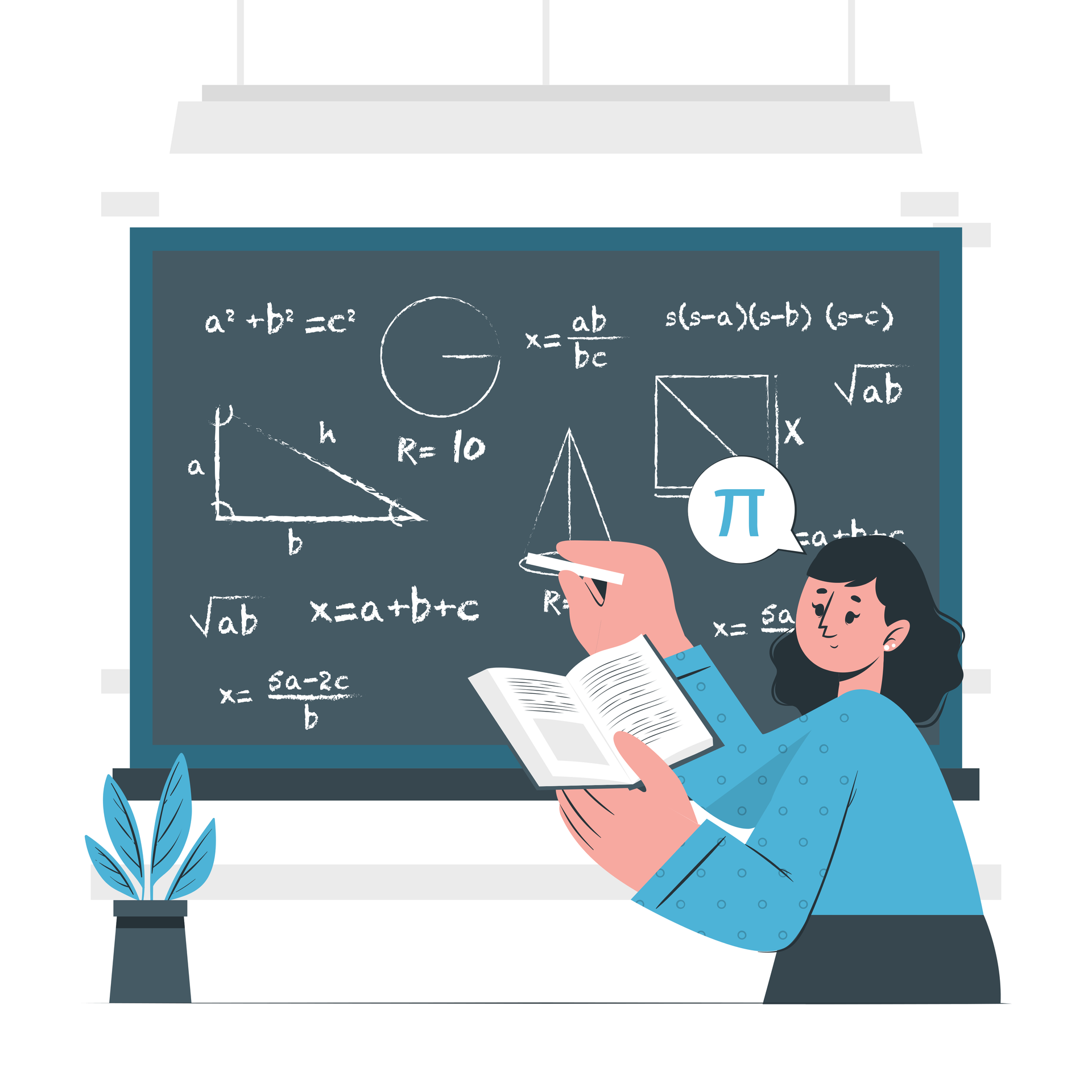Our series continues with a focus on making a real difference in maths education and nurturing a passion for mathematics.
When students ask themselves, “Am I a ‘maths person’?” their response carries weight far beyond a passing thought. That belief, positive or negative, influences not just their confidence but their choices, persistence, and performance in mathematics. In this article, we explore the concept of mathematical identity, why it is so important, and how educators can actively foster more positive identities in learners.
What Is Mathematical Identity?
A mathematical identity (or maths identity) refers to how a person sees themselves in relation to mathematics. It includes the beliefs, feelings, and narratives a student carries about their ability, belonging, and future in maths.
In Building a Positive Maths Identity: A Brain‑Science Approach, Liesl McConchie emphasises that maths identity is not separate from emotion. Rather, emotional systems (motivation, anxiety, self‑talk) and cognitive systems (recognition, procedural fluency, reasoning) interact to shape how students engage with mathematics.
McConchie identifies four “variables” that influence maths identity:
- Past relationship with maths (successes, struggles, messages from adults)
- Future relationship with maths (as someone who uses it, struggles with it, or avoids it)
- Socio‑cultural influences (stereotypes, who “belongs” in maths)
- Personal relationship with maths (self‑confidence, internal dialogue, mindset)
Taken together, these variables show that mathematical identity is not fixed. It can evolve if classrooms are places where learners’ feelings, histories, and self‑view are recognised and nurtured.
What Research Tells Us About Maths Identity
A recent study “Am I a maths person? Linking maths identity with students’ motivation and achievement” by Radišić et al. (2024), involving more than 11 000 primary school students across several European countries, found:
- Maths identity correlates strongly with dimensions of motivation:
- Motivational factors were more predictive of maths identity than maths achievement itself.
- Among those motivational dimensions, how much a student enjoys or invests in maths for its own sake, had the strongest association with maths identity across many contexts.
- Gender and grade differences emerged: in many countries, boys held more positive maths identities, and older children sometimes saw themselves less as “maths people” compared to younger peers.
Why It Matters for Learning and Equity
A strong, positive mathematical identity helps in multiple ways:
- Students with positive identities are more likely to engage in challenging tasks, persist after making mistakes, and take advanced maths courses.
- They are less vulnerable to maths anxiety and negative self‑talk.
- When identity is strengthened, underrepresented groups may feel more welcome in mathematics and less likely to believe that maths is only “for others.”
- Teachers who hold fixed or deficit beliefs about who can do maths may unintentionally constrain their students’ identities and opportunities.
In essence, supporting maths identity is not just extra work, it is foundational to meaningful learning, equity, and long-term interest in STEM fields.
Strategies and Practices to Support Positive Maths Identity
Drawing from McConchie and the additional literature, here are practices that educators or learning support can use:
- Ask students to draw or describe their “Mathsland” or their internal “maths gremlin.” These visual or narrative tokens can surface hidden feelings, stories, or fears.
- Focus on motivational dimensions, not just skill by including tasks that allow choice, relevance, beauty, and exploration, so that students see maths not as mechanical but meaningful.
- Explicitly challenge negative beliefs. When students say “I’m not a maths person,” validate feelings but emphasise that identity is not fixed.
- Teachers should explore their own narratives about maths and recognise how these influence their classroom culture.
A Vision Forward
If we accept that mathematical identity is dynamic rather than static, then classrooms become laboratories of growth, not just for content knowledge, but for identity formation. Over time, learners can shift from “I’m not a maths person” to “I am a mathematician in progress.”
This is a long‑term commitment that requires consistent attention, reflection, and intentional practice. Repeated experiences of voice, belonging, challenge, and reflection can slowly reshape how students relate to mathematics and who they believe they can become.
References
Barba, K.M., 2022. Mathematical Identity and the Role of the Educator. Journal of Mathematics Education at Teachers College, 13(1), pp.33-39. Available at: https://journals.library.columbia.edu/index.php/jmetc/article/view/9187 [Accessed 26 September 2025].
McConchie, L., 2023. Building a Positive Math Identity: A Brain-Science Approach. Thousand Oaks, CA: Corwin/SAGE.
Radišić, J., Martinović, D., Menter, J. and Janjetović, M., 2024. Am I a math person? Linking math identity with students’ motivation and achievement. European Journal of Psychology of Education. [online] Available at: https://link.springer.com/article/10.1007/s10212-024-00811-y [Accessed 26 September 2025].
Stringer, M., Moschetti, R. and Hernandez, J., 2024. Figured Worlds and Rightful Presence in Mathematics Education. Teaching and Education in Mathematics Journal, 16(2), pp.112-128. Available at: https://journals.charlotte.edu/teem/article/view/1462/1454 [Accessed 26 September 2025].
Recent Posts













